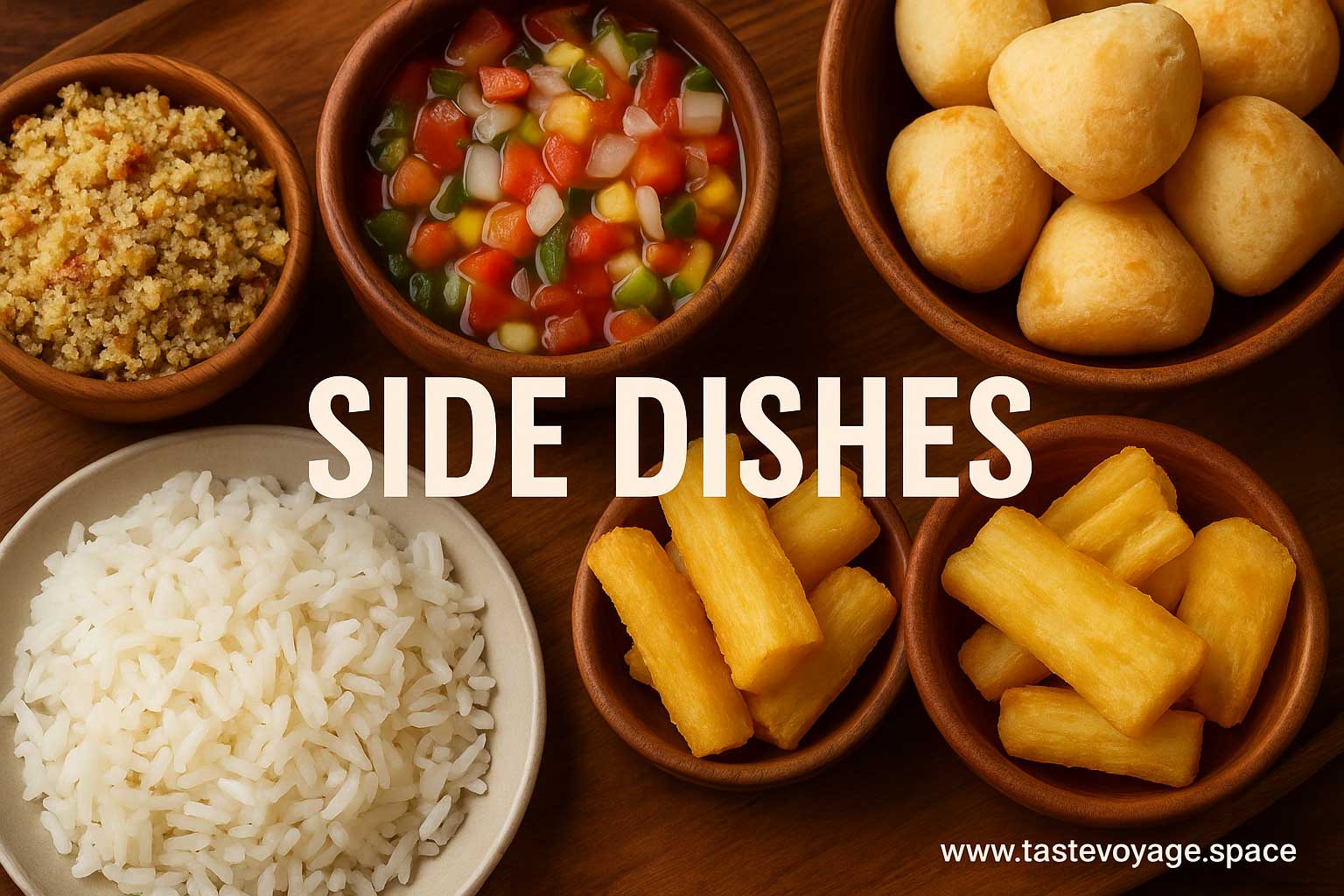Delicious Brazilian Okra Recipe (Quiabo Refogado)
Travel the World Through Food >> Brazilian Cuisine>>Side Dishes>> Delicious Brazilian Okra Recipe (Quiabo Refogado)
Delicious Brazilian Okra Recipe (Quiabo Refogado)
Discovering the Rich Heritage of Brazilian Okra (Quiabo Refogado)
Brazilian cuisine is a vibrant tapestry woven with flavors, colors, and traditions that reflect the country’s diverse regions. Among its many cherished dishes, Quiabo Refogado, or Brazilian Okra, holds a special place in the hearts of many. This humble yet flavorful dish exemplifies the culinary ingenuity and cultural richness that define Brazil’s food landscape.
The Cultural Significance of Quiabo Refogado
Quiabo Refogado is more than just a vegetable side dish; it is a symbol of community and shared culinary experiences in Brazil. Traditionally prepared in homes across the country, especially in the southeastern and central regions, this dish embodies a sense of hospitality. Its simple preparation allows the natural flavors of fresh okra to shine, fostering a connection between the cook and the ingredients.
In many Brazilian households, Quiabo Refogado is a staple accompaniment to rice, beans, and hearty stews. It is often served during family gatherings and festive occasions, reinforcing bonds and celebrating local food traditions. The dish’s presence at everyday meals highlights its role as a comforting, nourishing, and accessible culinary treasure.
The Culinary Significance of Okra in Brazil
Okra, known locally as “quiabo,” is celebrated in Brazil for its unique texture and versatility. Its mucilaginous quality makes it an excellent ingredient for creating flavorful, comforting sauces and Stews. In Quiabo Refogado, the vegetable is typically sautéed with garlic, onions, and sometimes tomatoes or peppers, which enhances its natural flavor and adds depth to the dish.
This preparation showcases the adaptability of Brazilian cuisine, where simple ingredients are transformed through skillful cooking into delightful flavors. The dish also reflects regional agricultural practices, as okra is cultivated in various parts of Brazil, adapting to different climates and soils.
A Reflection of Brazilian Culinary Diversity
Brazilian cuisine is known for its regional diversity, and Quiabo Refogado is a perfect example of this culinary variety. While the basic preparation remains consistent, local variations abound. Some regions add spices or herbs like parsley or cilantro, giving the dish a fragrant lift. Others incorporate additional ingredients such as bell peppers or carrots, creating nuanced flavors.
Despite regional differences, the core essence of Quiabo Refogado remains rooted in celebrating fresh, wholesome produce. Its simplicity underscores a broader culinary philosophy: that good food often comes from honest ingredients and attentive preparation.
Embracing the Beauty of Quiabo Refogado
The allure of Brazilian Okra (Quiabo Refogado) lies in its ability to unite people through shared taste and tradition. It is a dish that embodies the warmth of Brazilian hospitality and the ingenuity of its home cooks. Whether served as part of a festive meal or a comforting family dinner, Quiabo Refogado invites you to explore the rich tapestry of Brazilian food culture.
By appreciating this dish’s cultural and culinary significance, you open a window into Brazil’s diverse culinary landscape. It’s a celebration of fresh ingredients, simple techniques, and the enduring joy of sharing a delicious, soul-satisfying meal.
Conclusion
Brazilian Okra (Quiabo Refogado) stands as a testament to the country’s culinary artistry. It highlights the importance of local ingredients and traditional Cooking Methods that have been cherished for generations. This dish reminds us that food is more than sustenance; it is a vital part of cultural identity and community life. Next time you savor this flavorful dish, remember the rich stories and traditions it embodies, and enjoy A Taste of Brazil’s warm, welcoming food culture.
